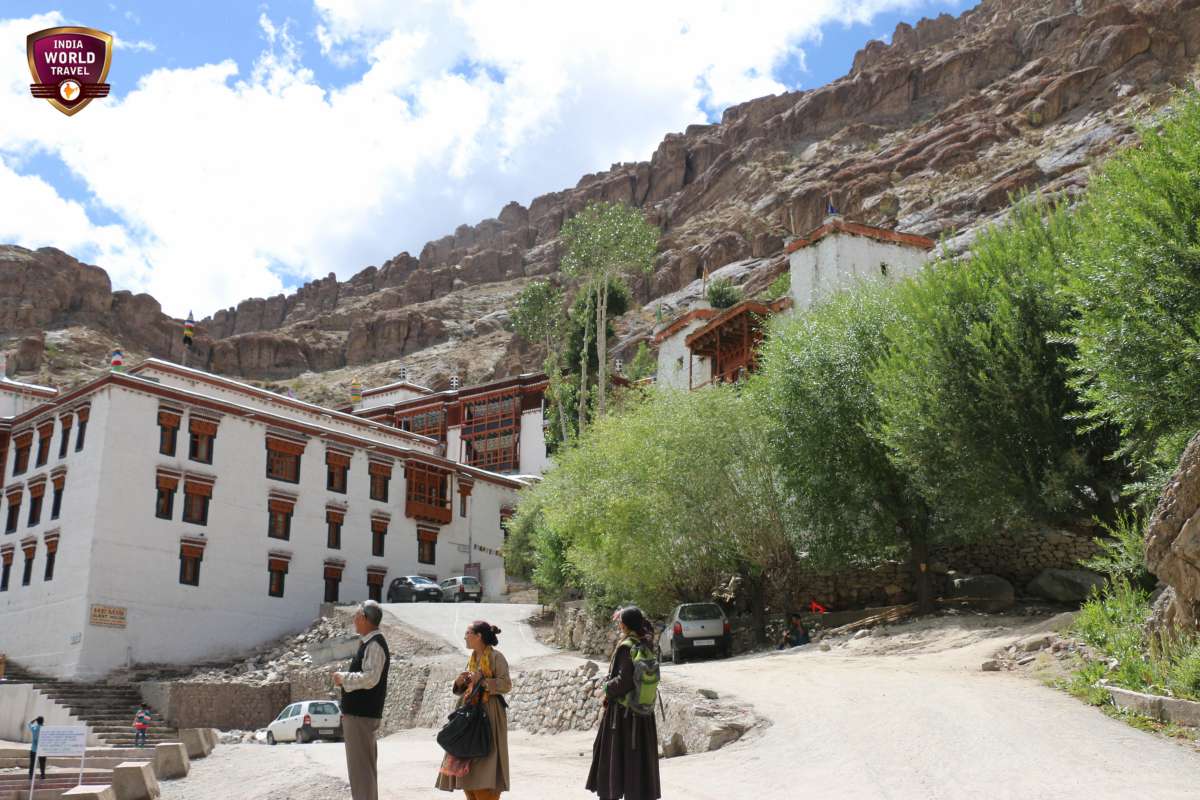Biodiversity of Incredible India
Biodiversity as we see today is the outcome of over 3.5 billion years of evolutionary history, shaped by natural processes and increasingly, by the influence of human beings.
India is one of the identified mega diverse countries of the World. With only 2.4% of the land area, and accounts for 7-8% of the recorded species of the world. There are 16 major forest types in India and it is also one of the eight primary centers of the origin of cultivated plants and is rich in agricultural biodiversity.
India is home to diverse habitats and ecosystems such as forests, grasslands, mountains, wetlands, coastal, marine and deserts. India ranks among the top ten species-rich nations with over 91,200 species of animals and 45,500 species of plants in its ten bio-geographic regions and also shows high endemism.
India biodiversity hotspots:
Himalayas – This majestic range of mountains is the home of a diverse range of flora and fauna. Eastern Himalayas is one of the two biodiversity hotsopts in India.
Chilika – This wetland area is protected under the Ramsar convention.
Sunderbans – The largest mangrove forest in India.
Western Ghats – One of the two biodiversity hotspots in India.
Thar desert – The climate and vegetation in this area is a contrast to the Himalayan region.
RATE OF EXTINCTION:
The rate of extinction of species in India is the highest in the world. About 200 species which were collected 100 years ago, have not been spotted in the recent past 1500 species listed by the Botanical survey of India are either extinct or on the verge of extinction.
This is a part of the on going series on Indian Rides.
Image Credit: Indian Rides On Flickr




![[ VOYAGE MOTO AU GUJARAT]
Une expérience hors des sentiers battus à moto
📆 Prochain départ du 16 Dec 29 Dec 2024
🕧 Durée : 16 jours
Plus d'infos, ici 👉 https://rb.gy/y8fbpg
#IndianRides #Gujarat #offbeatTravel #Voyage #moto #AventureMoto #MotoInde #VoyageMoto #IndianEscape #IndianExperience #Inde #IndiaTravelgram #Travelling #Traveling #Traveladdict #voyageaventure #passionvoyage #voyagerloin #voyager](https://www.indianrides.com/motorcycle-tour-blog/wp-content/plugins/instagram-feed/img/placeholder.png)
